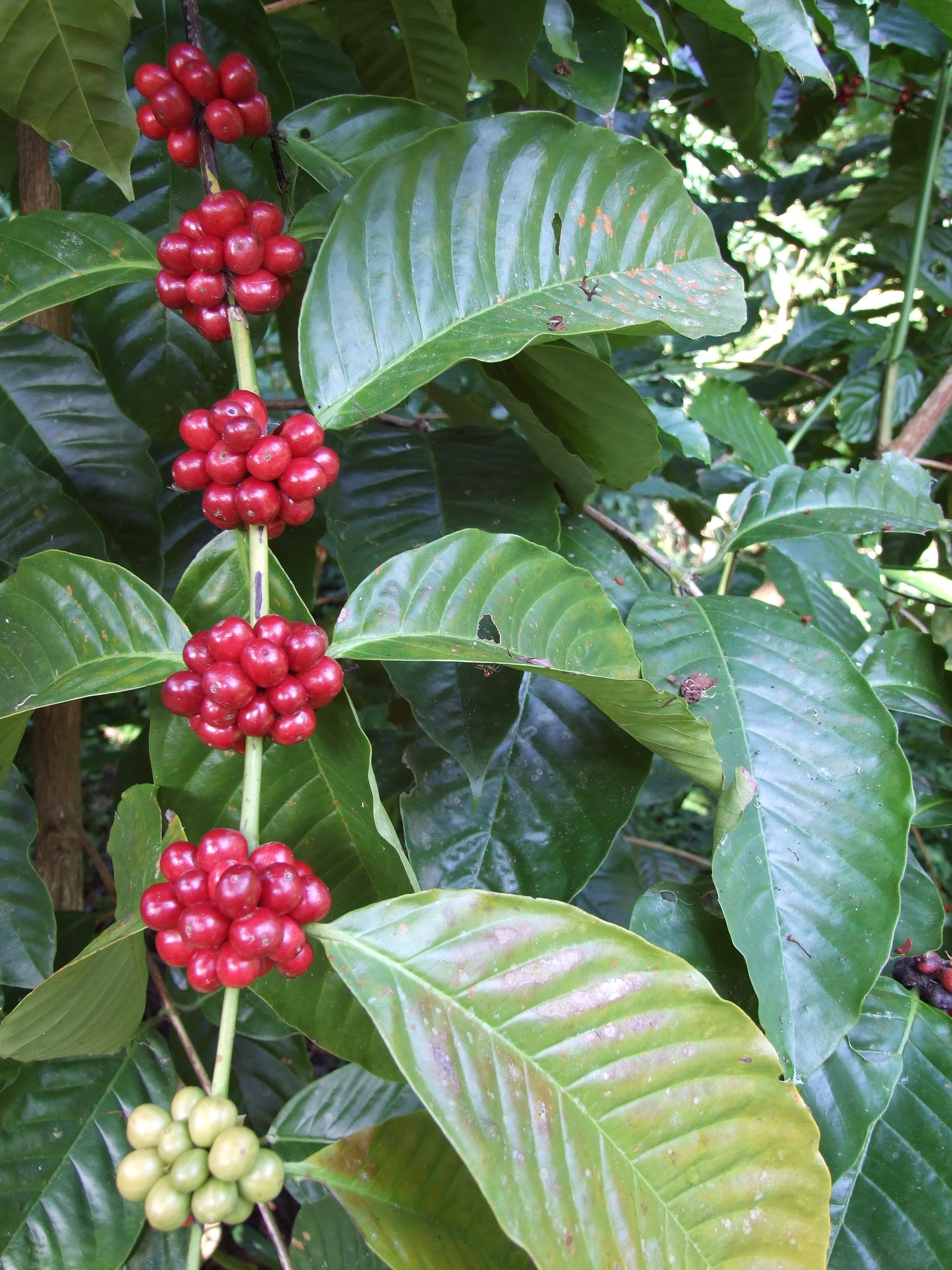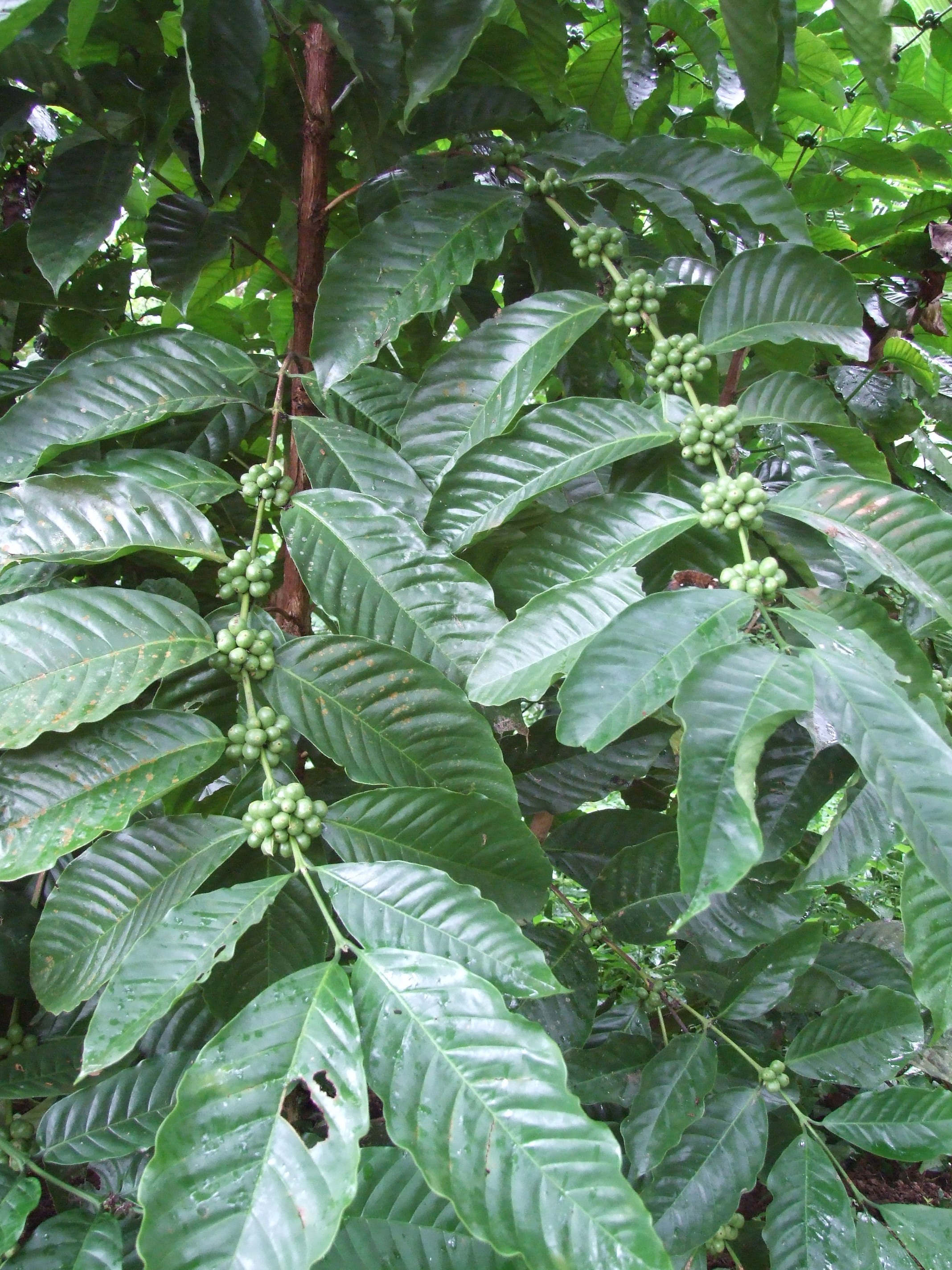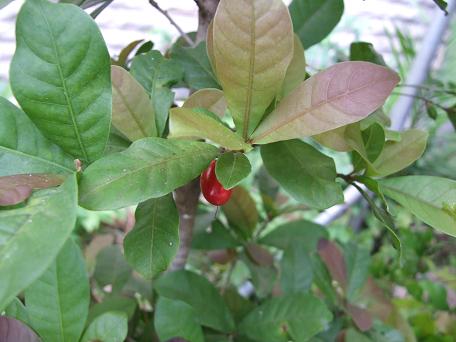BACKGROUND, ORIGIN AND DISTRIBUTION
Coffea canephora, otherwise known as Robusta coffee, is native to Central and Western Sub-Saharan Africa. I took this photo in the Northern Caribbean Islands in Panama where we were planting it as a shaded understory intercrop to larger hardwoods and crown bearing fruit trees. .
Native to the upland forests of Ethiopia, Coffea robusta was only recognized as a coffee species in 1897, almost 100 years after Coffea arabica.
Most Robusta coffee today is grown in Vietnam, where it was introduced by French colonists in the late 19th century.
USES AND ETHNOBOTANY
40% of the coffee in the world is Robusta coffee. Robusta has a greater crop yield and more caffeine then Arabica coffee. This species is also less succeptible to pests and diseases then Arabica, therefore relying on less herbicide and pesticides in commercial cultivations.
That Robusta coffee plants are less susceptible to pest and diseases begs the question of weather or not the plant may have more mycorrhizal associations with beneficial fungi, thereby improving overall resilience and health.
PROPAGATION AND CULTIVATION
Coffee can be easily grown from seed. Seeds benefit from a light fermentation over a few days in their skin prior to germination. The pre-fermentation basically mimics the natural process that fruit goes through after it matures and drops to the ground in the tropics. After the light fermentation seeds can then be rinsed in clean water, removing any residual pulp.
Coffee seedlings can often be found germinating around the base of a fruit bearing plant. Reportedly the plant has naturalized in a number of countries throughout the world including Borneo, French Polynesia, Costa Rica, Nicaragua, Jamaica, and the Lesser Antilles.









![Francisco Manuel Blanco (O.S.A.) - Flora de Filipinas [...] Gran edicion [...] [Atlas II].[1]](https://images.squarespace-cdn.com/content/v1/5a5f182cbe42d619379891ca/1518250853855-62QMI9ZTBXKVWKR01YCY/Aerva+lanata.png)






